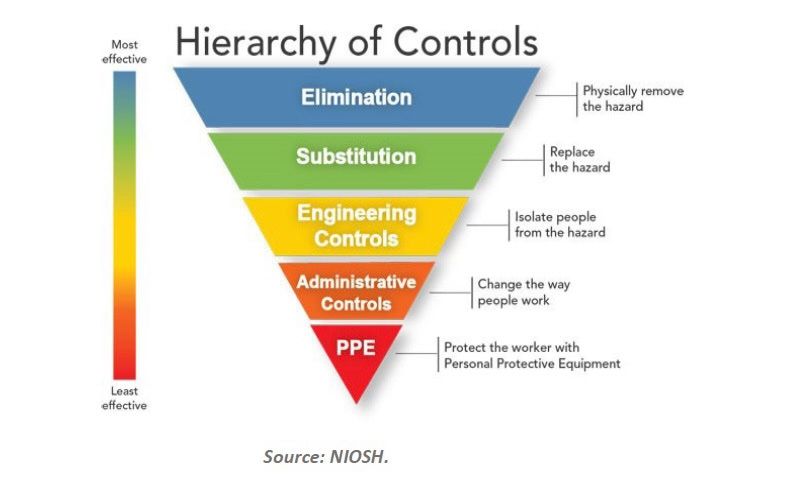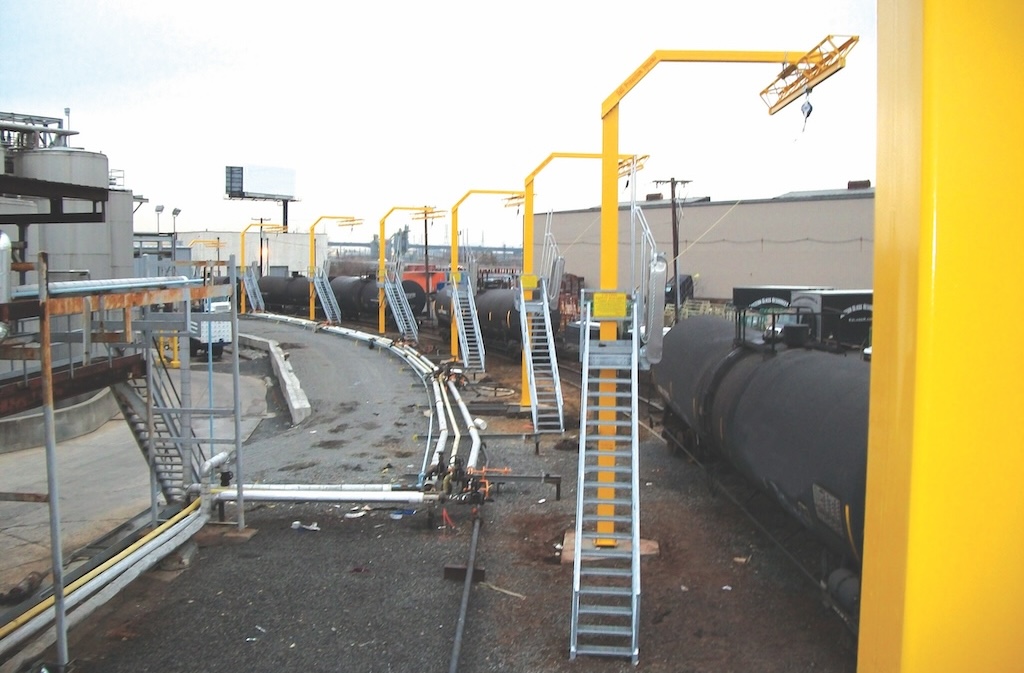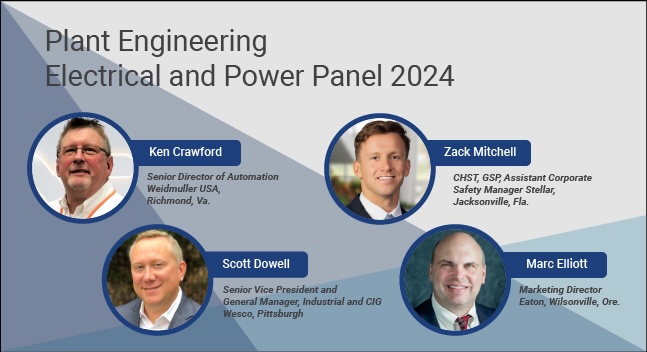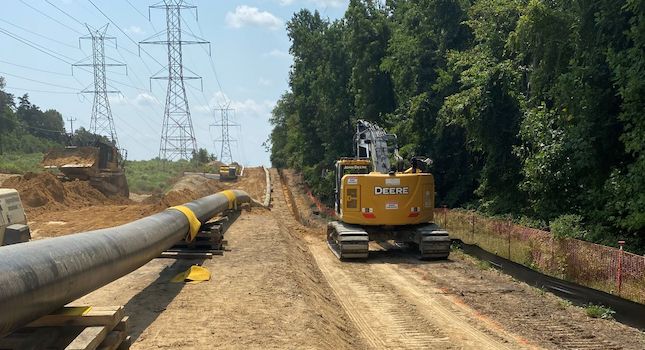In nearly all industries, with the exception of the metals industry, the NFPA recommends vacuum cleaning as the preferred first defense method of controlling fugitive dust. NFPA 654 states, “vigorous sweeping or blowing down with steam or compressed air produces dust clouds.” This results in small particles settling on elevated surfaces.
In nearly all industries, with the exception of the metals industry, the NFPA recommends vacuum cleaning as the preferred first defense method of controlling fugitive dust. NFPA 654 states, “vigorous sweeping or blowing down with steam or compressed air produces dust clouds.” This results in small particles settling on elevated surfaces.
Despite the recommendations of NFPA and OSHA standards, many companies today still use air compressors and brooms to clean surrounding equipment and areas of dust and debris. This may be due to misconceptions about industrial vacuum cleaners and sheer oversight when reviewing production processes.
Applying housekeeping standards
The proper selection of an industrial vacuum cleaning system is based primarily on the application. In some cases small air- and electric-powered drum- style units will suffice, while others require central, large electric- and diesel-powered units. Some applications require sophisticated, customized vacuum cleaner installations. For others, compact, off-the-shelf vacuum systems with optional capabilities are adequate.
Because proponents of H.R. 5522 are urging the Senate to ensure OSHA mandates combustible dust safety through the use of NFPA codes, companies should proactively follow these guidelines when setting up a good housekeeping program.
Following last year’s dust explosion that destroyed the Imperial Sugar refinery in Port Wentworth, GA, OSHA distributed HazardAlert: Combustible Dust Explosions , a fact sheet that addresses secondary explosions. The NFPA standards that the alert referred to being applicable to dust explosion hazards are NFPA 654, 61, 484, 664 and 655. Except for NFPA 61 and 664, the fugitive dust control and housekeeping standards are generally the same for manufacturing, processing and handling of combustible particulate solids, wood processing and woodworking facilities and also for sulfur.
These standards call for establishing regular cleaning frequencies to minimize dust accumulation. The standards further state that vigorous sweeping or blowing down with steam or compressed air should take place only after the area or equipment has been vacuumed, due to the creation of dust clouds by these other methods.
Standards also call for vacuum cleaners to be specified for use in Class II hazardous locations or to be a fixed pipe suction system with a remotely located exhauster and dust collector. When flammable gasses are present, vacuum cleaners must be listed for Class I and Class II hazardous locations.
NFPA 61 for food and agricultural processing plants has somewhat reduced precautions than do the previously listed standards. NFPA 484 for combustible metals requires that dust and particles be cleaned with non-conductive scoops or soft, natural brushes or brooms before the dust is vacuumed. In addition, vacuums are suggested to pick up dust that is too small to be picked up with brushes. Since 2006, there have been 82 dust fires and explosions — nearly one a week. Companies must be proactive in implementing standard housekeeping practices. For many manufacturers and processors, industrial vacuum cleaners are now being completely integrated into production and process systems, and are quickly becoming a key component of critical strategy.
Adapted from Vac-U-Max
Many vacuum systems can be enhanced with optional components to meet application needs.
Industrial vacuum cleaners can provide cost benefits in terms of increased production, reclamation or wage savings.



